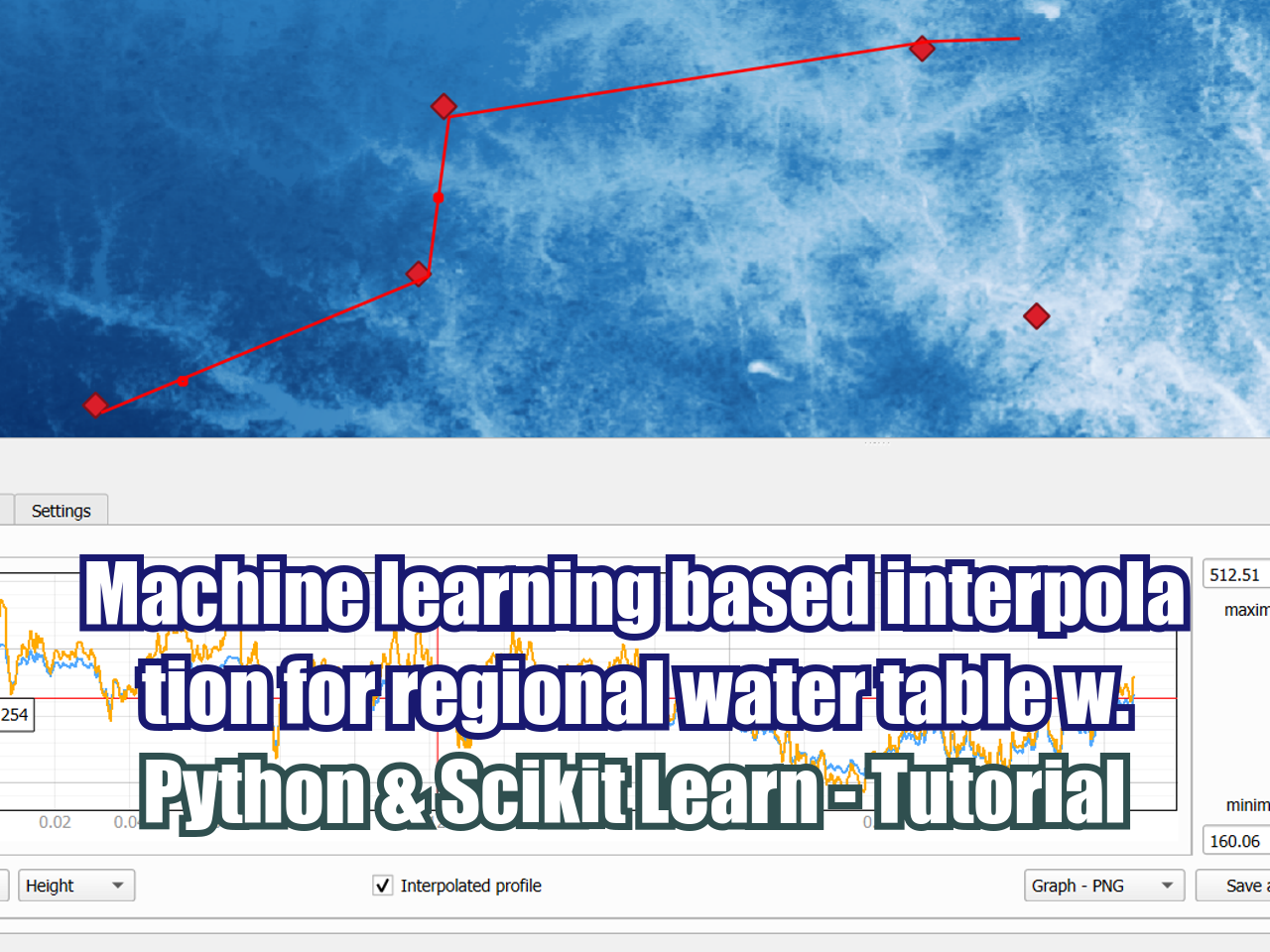Geographic Information Systems (GIS) are a powerful platform to develop solutions in water resources such as the estimation of water quality, the status of groundwater and the management of water resources at the regional and local scales. Because water varies spatially and temporally throughout the water cycle, its study, using Geographic Information Systems (GIS), is particularly practical.
This course is practical to know the different GIS tools and its applications to the management of water resources. No prior knowledge of GIS is required and is based on free software programs such as QGIS. This course is for begginer level.
Objectives
The course provides the student with a broad overview of the GIS tools for the study and evaluation of water resources. At the end of the course, the student will have the abilities to:
Know the open source GIS software environment.
Use specialized plugins for spatial analysis.
Represent spatial information in a thematic map.
Perform spatial interpolations and contour lines.
Use satellite images in hydrological studies.
Determine watersheds and their study parameters.
Course content
The sessions consist of a theoretical introduction plus a practical part. The development of the theory and applications of this course is shown below grouped by session:
Session 1
Theoretical Part
Introduction to Geographic Information Systems (GIS).
Components and functions of the SIG.
Introduction to QGIS.
Practical part
Generation of vector data (points, lines and polygons).
Assignment of coordinate systems.
Topological edition: Generation of topologically correct polygons (perfectly adjacent).
Style application of vector and raster files.
Edition mode of vector files: (Add / remove part, Divide objects, Merge objects, Node tools)
Preparation of maps with grids, legend and scale.
Session 2
Practical part
Georeferencing images in QGIS:
Application of projection systems to a file and a project
Georeferencing maps in jpg or .tif format
Georeferencing satellite images
Download satellite images from the Earth Data Search.
Modification of ASTER DEM images (joining, cutting and reprojecting).
Session 3
Practical part
Creation and edition of vector layers for modification of rasters.
Import delimited text as a point layer.
Geoprocessing tools to obtain basic parameters of one:
Automatic delineation of watersheds with Saga Gis in QGIS.
Identification of the surface flow network
Obtaining elevation level curves
Obtaining slope rasters, orientation rasters, hillshade rasters, relief rasters.
Conversion of raster file to vector.
Session 4
Practical part
Obtaining properties of the raster layer:
Determination of the histogram
Determination of the average height, area and perimeter of the basin
Obtaining properties of the vector layer:
Basic spatial statistics of the water network
Determination of spatial attribute calculations
Selection tools:
Selection by location
Conversion, filtering and annexing of basin attributes
Delineation urban channel networks and drainage basins from Lidar data
Download Lidar data
Raster processing with QGIS.
Session 05
Practical part
Determination of the Normalized Difference Vegetation Index (NDVI) with raster calculator
Modification of the NDVI raster:
Obtaining contour lines
Filtering of spatial data by threshold
Simplifying contour lines
Obtaining nodes of the contour lines
Extraction of the elevation of the nodes
Obtaining a simplified superficial flow network and obtaining its nodes.
Multilevel Interpolation B-Spline of the water table in Saga Gis with wetlands interpreted from the NDVI and points of the network of simplified superficial flow.
Modification of water table:
Trimming of the water table to the extension of the basin
Correction of the water table at points where the interpolation is greater than the surface elevation
Generation of cross sections with surface elevation and water table.
Session 06
Practical part
Download precipitation data from NASA Giovanni
Download evapotranspiration data from MODIS
Generation of precipitation rasters, potential evapotranspiration and water surplus from the elevation raster:
Reprojection
Use raster calculator
Contour lines generation of main components of the water cycle.
Final exam
Trainer
Saul Montoya M.Sc.
Hydrogeologist - Numerical Modeler
Mr. Montoya is a Civil Engineer graduated from the Catholic University in Lima with postgraduate studies in Management and Engineering of Water Resources (WAREM Program) from Stuttgart University – Germany with mention in Groundwater Engineering and Hydroinformatics. Mr Montoya has a strong analytical capacity for the interpretation, conceptualization and modeling of the surface and underground water cycle and their interaction.
He is in charge of numerical modeling for contaminant transport and remediation systems of contaminated sites. Inside his hydrological and hydrogeological investigations Mr. Montoya has developed a holistic comprehension of the water cycle, understanding and quantifying the main hydrological dynamic process of precipitation, runoff, evaporation and recharge to the groundwater system.
Over the last 9 years Saul has developed 2 websites for knowledge sharing in water resources: www.gidahatari.com (Spanish) and www.hatarilabs.com (English) that have become relevant due to its applied tutorials on groundwater modeling, spatial analysis and computational fluid mechanics.
Methodology
Here are some details of each methodology:
Manuals and files for the exercises will be delivered.
The course will be developed by videos on private web platform.
There is online support for questions regarding the exercises developed in the course.
Video of the classes will be available forever.
To receive the digital certificate you must submit the exams after 1 month.
Digital certificate available at approval.
Date and time
April -2021 (Amsterdam Time)
Monday 19 from 6:00 pm to 9:00 pm.
Wednesday 21 from 6:00 pm to 9:00 pm.
Friday 23 from 6:00 pm to 9:00 pm.
Monday 26 from 6:00 pm to 9:00 pm.
Wednesday 28 from 6:00 pm to 9:00 pm.
Friday 30 from 6:00 pm to 9:00 pm.
Cost and payment method
Price: $180
This online course will be given on out elearning platform: elearning.hatarilabs.com . You will need to create an account first and then make your payment.
For any other information please write to: saulmontoya@hatarilabs.com

























